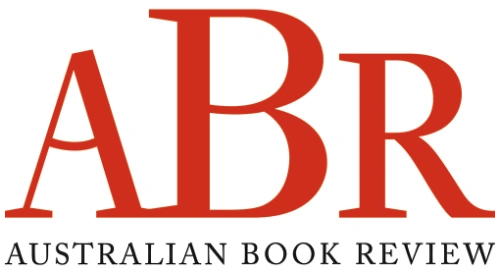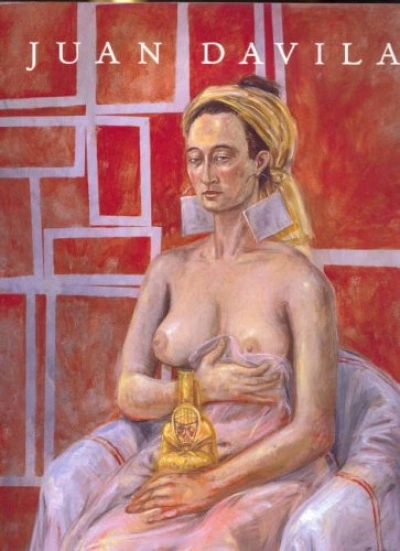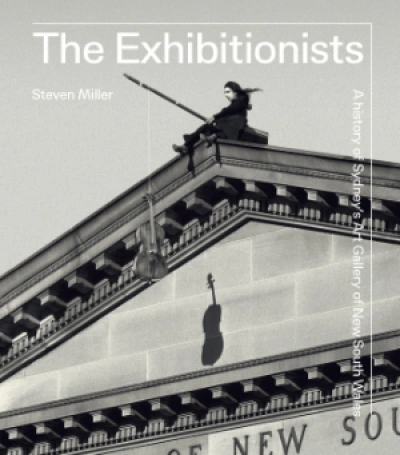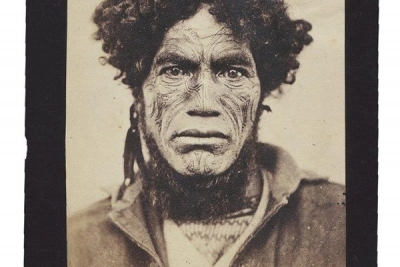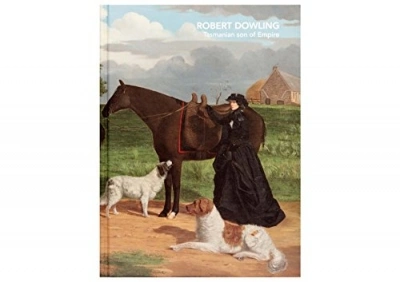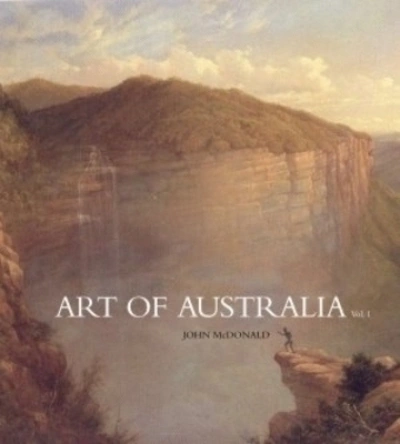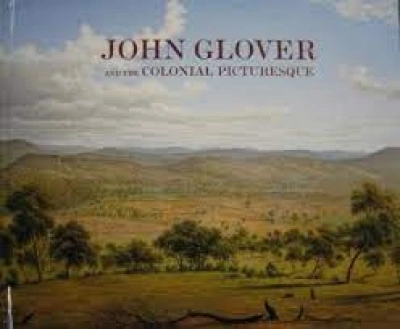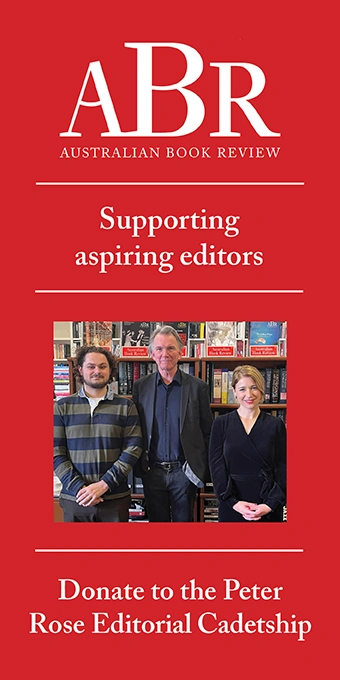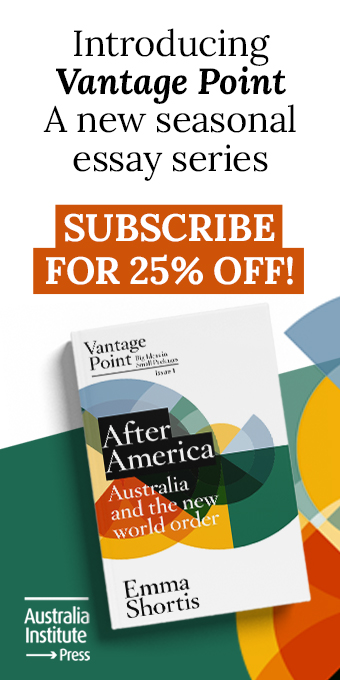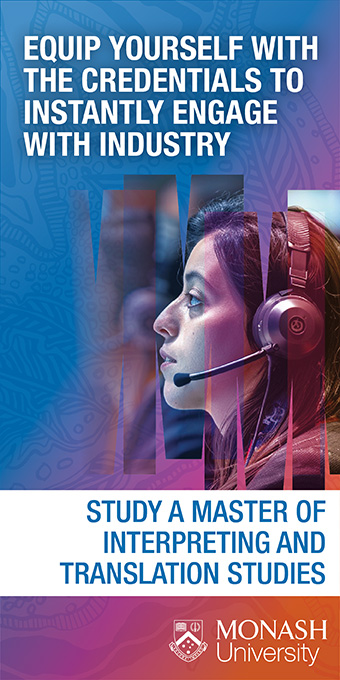David Hansen
Read the advances from the advances from the March 2024 issue of ABR.
... (read more)Juan Davila with Guy Brett and Roger Benjamin by Juan Davila
The Exhibitionists: A history of Sydney’s Art Gallery of New South Wales by Steven Miller
The traditional Western art museum is struggling a bit. Its former role as a repository of national values, as reified and aestheticised in paintings, sculpture, and the decorative arts, is today challenged if not assaulted on multiple fronts: ranging from economic, political, and social globalisation, to digital technology ...
... (read more)Patronage and ABR
Private philanthropy has never been more important for the arts, as costs (and expectations) rise, and as traditional sources of funding and revenue become more unpredictable. ABR has had some success in this regard since entering the field two years ago, but June marks a turning point for us, with the formal launch of our philanthropy program in Melbourne, on 2 June. David Malouf, one of Australia’s most celebrated writers, is our guest speaker. There will be more such events around Australia in coming months.
... (read more)The Art of Australia, Volume 1: Exploration to Federation by John McDonald
I am at the exhibition ‘National Treasures from Australia’s Great Libraries’. I have come to see a picture of a man named Bungaree. I am standing in front of him, but I am distanced. The painting is glazed, low-lit, hung on a wall on the far side of quite a deep display case. If I stand up straight he is in focus, but too far away for me to see the details. As ...
